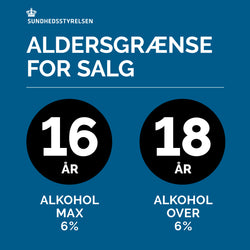
If you’ve ever wondered what gives beer its bitterness or that unmistakable burst of aroma, the answer is almost always the same: hops. They may be small, but in brewing, hops play a central role in flavour, aroma and stability. And the more you learn about them, the more you notice how intricate and unpredictable they are.









